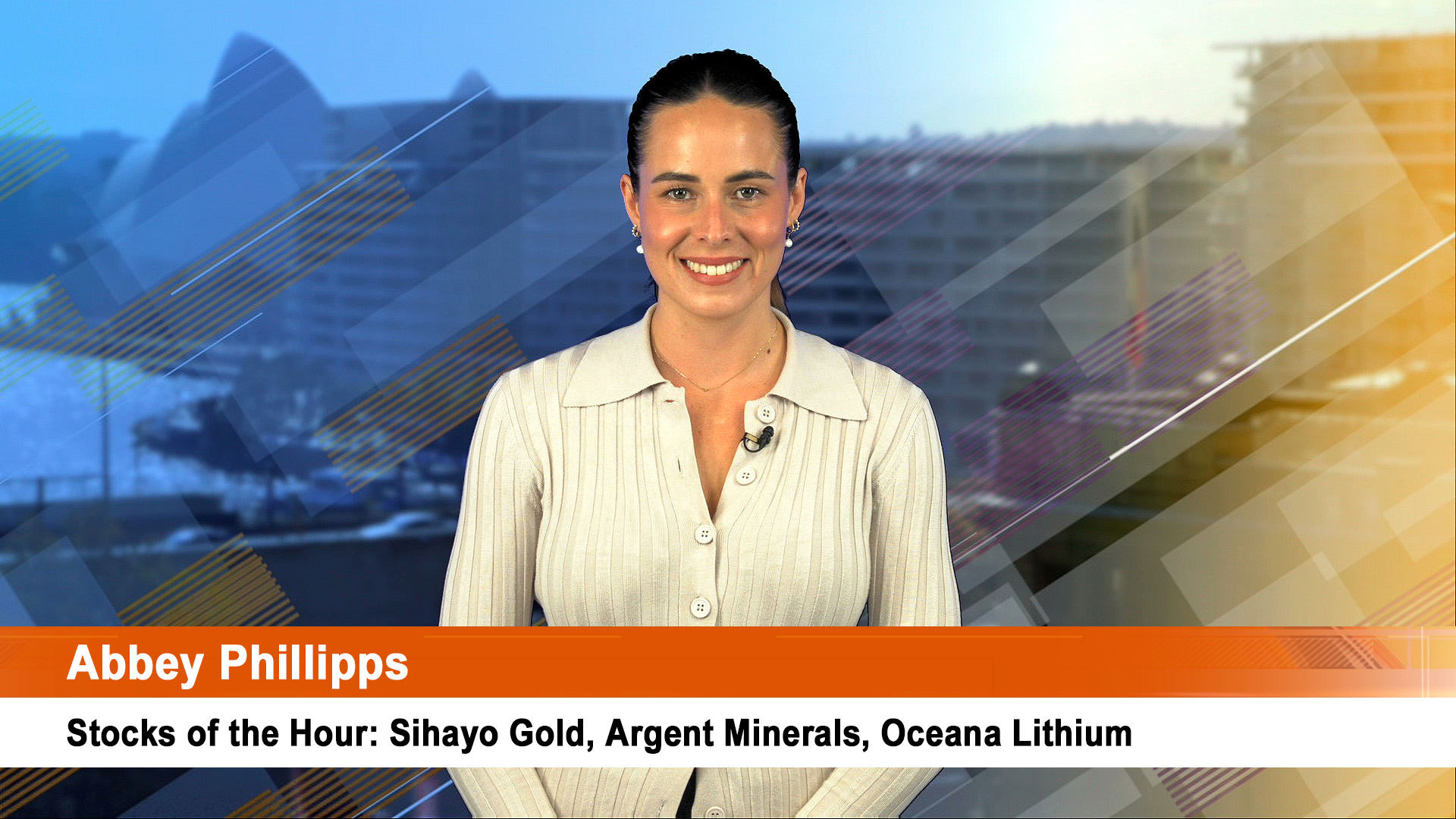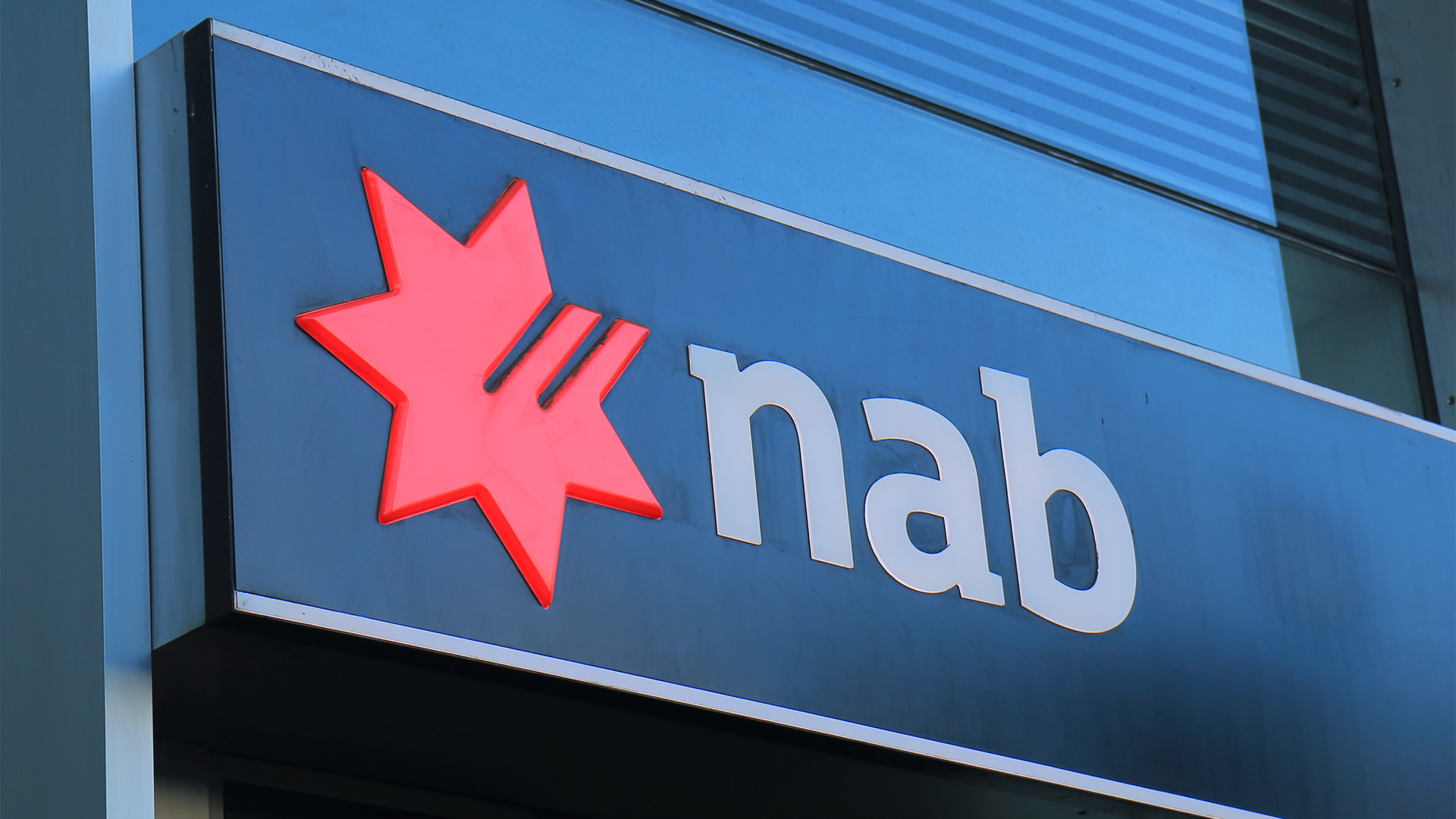Big cuts to Federal government funding of blood tests and x-rays sparked a sell-off in some healthcare stocks on the ASX yesterday.
The federal government’s Mid-Year Economic and Fiscal Outlook (MYEFO) identified $650 million of savings over the next four years, from reducing or removing bulk-billing incentive payments for certain pathology and imaging tests.
The federal government said the proposed budget savings will come from “removing bulk‑billing incentives for pathology services; aligning bulk‑billing incentives for diagnostic imaging services with those that apply to general practitioner services; and, reducing the bulk‑billing incentive for Magnetic Resonance Imaging (MRI) services from 15% to 10% of the Medicare Benefits Schedule fee”.
The incentives were introduced in 2009 to offset cuts in fees paid to providers and to maintain bulk billing rates for patients.
Investors reacted badly to the news and shares in Primary Health Care (PRY), which operates a huge network of mostly bulk-billing pathology, imaging and medical centres, slumped nearly 10% to a 10-year low of $2.58.
This came on top of recent nervousness about Primary in the wake of a profit downgrade and the death of founder, Dr Ed Bateman.
Shares in rival medical services company Sonic Healthcare (SHL) dropped 6% to $18.50 and shares in the recently listed radiology company Anteo Diagnostics (ADO) dipped 3.8% to $1.77.
Primary Health Care chief executive Peter Gregg said he is still assessing the impact of the changes.
The cut to the incentive means that doctors will be left with a choice to either absorb the additional cost themselves or pass it on to patients. The latter looms as the most obvious option.
The changes will begin from July 1 next year. The government said bulk-billing incentives on imaging will continue to apply for patients with concession cards and for children under the age of 16.
The budget has been hit by an iron ore price now likely to average US$39 a tonne rather the US$48 expected at budget time, and an oil price of US$43 a barrel rather than budgeted US$64. The oil price is important because it’s drives the price of Australia’s exported liquified natural gas.
Wages will grow even more slowly than expected at budget time, pushing fewer people than expected into higher tax brackets by 2018-19.
Offsetting that is the good news that employment is growing more quickly than expected. This year it will climb by 2 per cent rather than 1.5 per cent predicted at budget time, although after that Treasury expects it to grow more slowly than it had thought at the time of the budget.
Unemployment will be just 6 per cent in June 2016, rather than the 6.5 per cent forecast in the budget. By 2018-19 it will be 5.5 per cent.
The economy itself will grow far more slowly than expected in the budget, by 2.5 per cent this year instead of 2.75 per cent, and next year by 2.75 per cent instead of 3.25 per cent. After that it’ll be 3 per cent rather than 3.5 per cent; a big difference.
What matters most for the budget is so-called nominal GDP – the amount of dollars actually spent. Treasury says it will grow by just 2.75 per cent this year instead of 3.25 per cent, and next year by 4.5 per cent instead of 5.5 per cent.
This year’s deficit will be $2.3 billion deeper and the next year’s $7.9 billion deeper.
The budget will return to surplus one year later than had been expected, in 2020-21 and net debt will peak one year later than had been expected, in 2017-18. It’ll peak at 18.5 per cent of GDP rather than 18 per cent of GDP. We will be paying around $500 million per year extra in interest.













